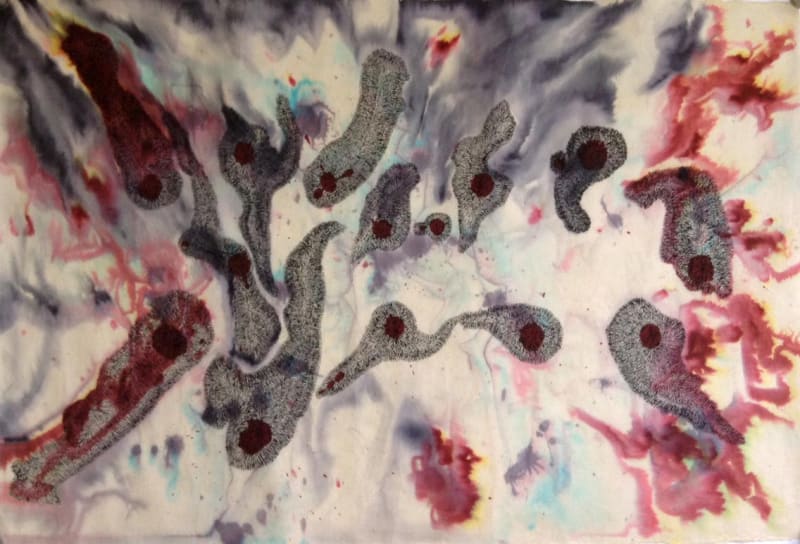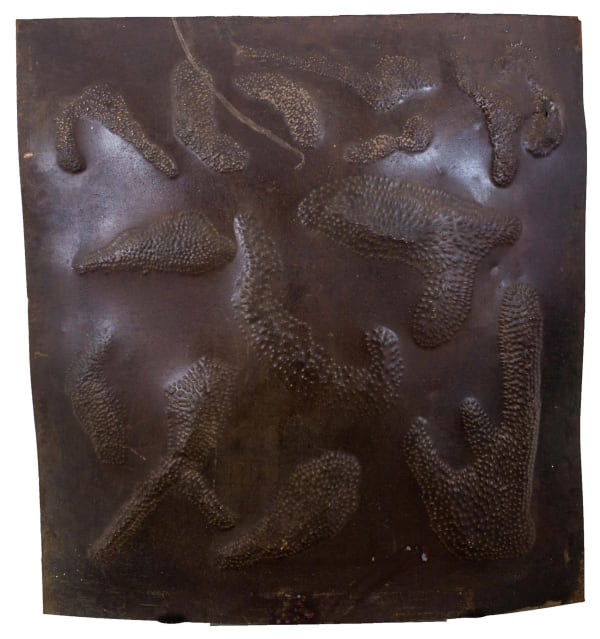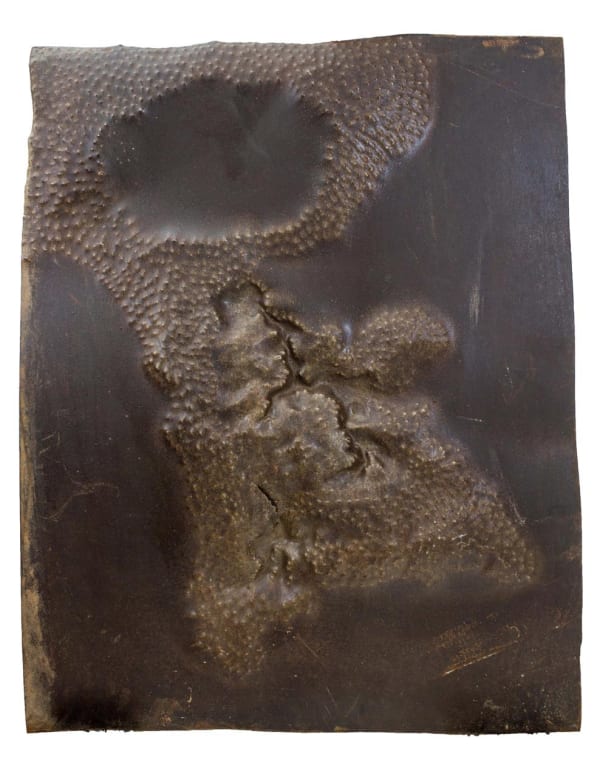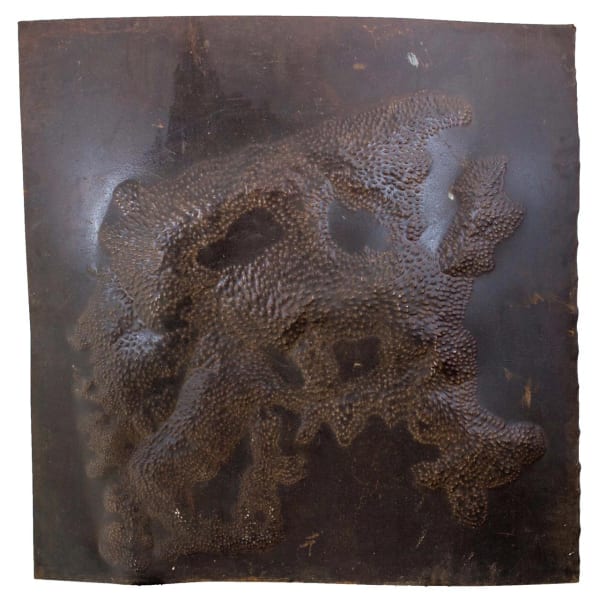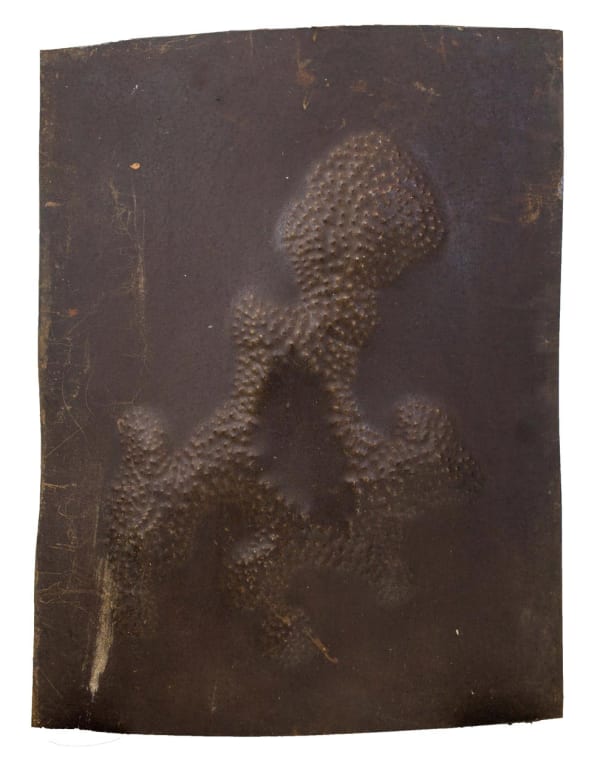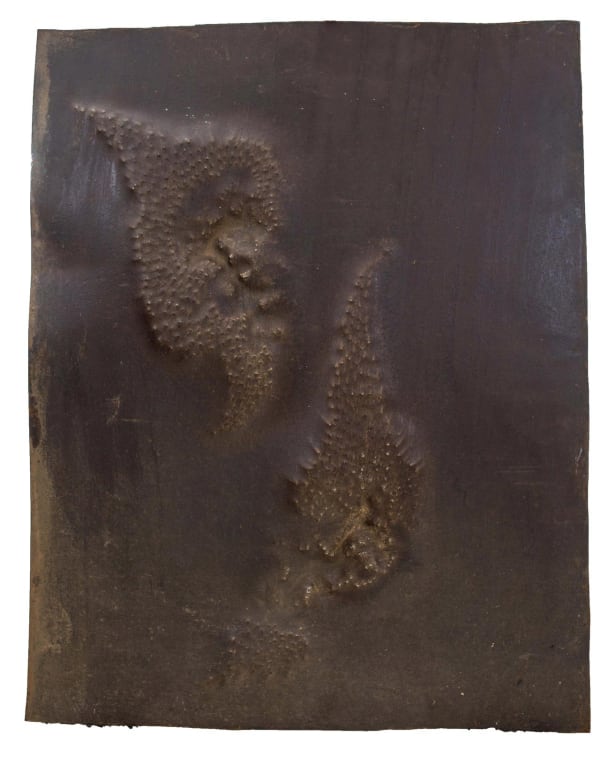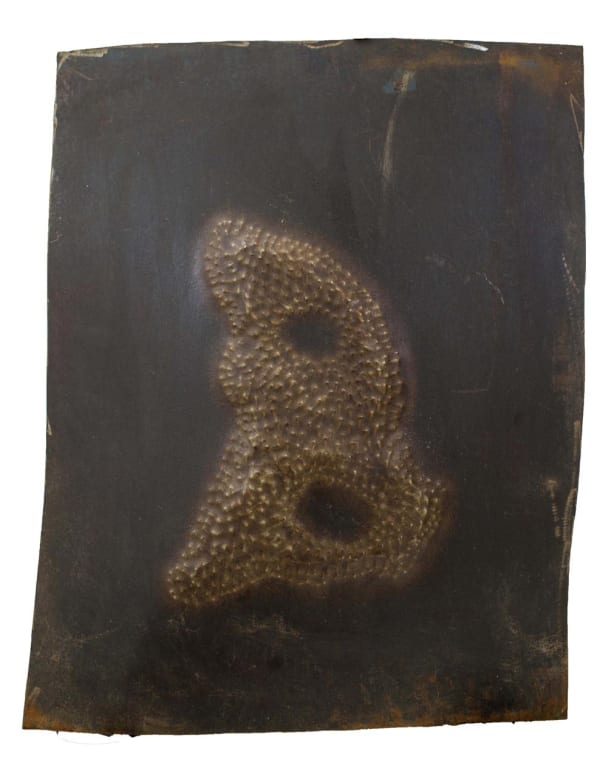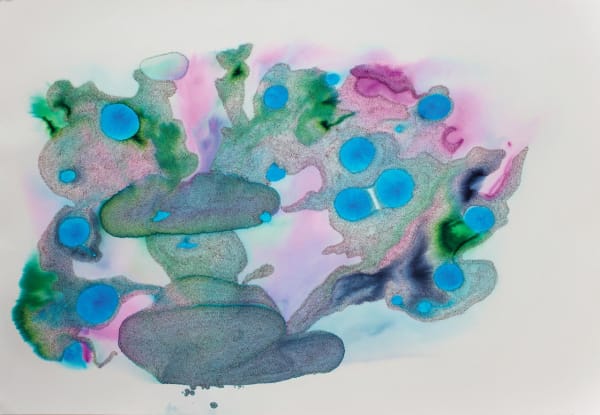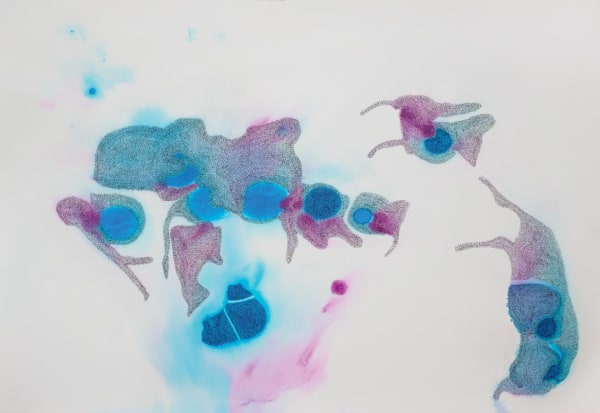Gor Soudan: Join The Dots: Circle Art Gallery
Gor Soudan (born 1983, Kenya) lives and works between Kisumu and Nairobi.
Soudan's artistic practice is an intense, obsessive process through which material is transformed into beautiful, haunting and thought-provoking work. His practice is often informed by found objects and material that surround him; scraps of paper, carton, plastic and 'protest wire' (a tangled black mass of thin wire he salvages from tyres burnt during civil protest).
The title of this exhibition, Join The Dots is from a game in which the player joins a series of dots to reveal an image within the seemingly randomness of the dots. It is also a phrase meaning - to use one's own judgment to fill the gaps to make a complete scenario. This concept of pattern recognition is an ability par ticular to the human mind and is considered to be the foundation of how knowledge is acquired.
Pattern recognition plays a vital role in this new series of Soudan's works entitled More Deader and Outer Things. It becomes the conceptual framework for a visual presentation of the project, drawing the viewer's attention to the process and transporting us to a place where the cycle of creation, growth and collapse of form can be confronted.
More Deader and Outer Things follows from inquiries on the history of enclosed spaces which the artist raised in his previous work, Bubbles and Shells, during his encounter with different identities and cultures. Soudan uses different media to create his new work, whilst allowing nature to contribute to the forms/shapes he presents.
He begins by mapping out marks and scars on a dead Frangipani tree trunk from his childhood. In the process he nails shoe tacks along the tree trunk following the natural lines of attrition revealing the organic forms created through its decay. During the process, he remembers the abuse meted on the tree by both people and the white ants using it as a hive. The tacks seem to create an armour for the tree trunk, which is then treated in wood preservative and linseed oil in an embalming process.The resulting work is a protected tree that the artist dedicates as a tribute to a lost era.
Another series of work is made from mild steel plates found on Kibera construction sites, scarified with a cold chisel and batter y acid. These plates are left to set for a year and later oiled with linseed to halt the rusting and enhance the texture. Growth & collapse, fundamental & derivative, construction and deconstruction are prominent in the artist's process.
A series of works on paper are 'tattooed' in pen following the map of ink blots to create organic imaginative landscapes on Japanese Washi and watercolor paper. Some of these works feature the artist`s visual translation of the forms from the armored tree sculpture into the two dimensional. The mapping process results in illusions of fantastical forms - microscopic cells, marine plant life, scarification tattoos, geographic topographies, nuclear mushroom clouds and celestial-scapes.
All of these new works aim to dissect the evolving contemporary city space we occupy, the rapid urbanisation currently taking place globally and in particular in Nairobi and the destruction of our natural environment. It is an ongoing conversation interrogating this industrialization and its environmental impact, it is not intended as a result, but is an ongoing process with a life of its own.
The physicality of the labor intensive mapping process in More Deader and Outer Things is fur ther explored through an experimental sound and video collaborative installation entitled Seer, with performance artist Jackie Karuti.
Thom Ogonga, artist and writer
